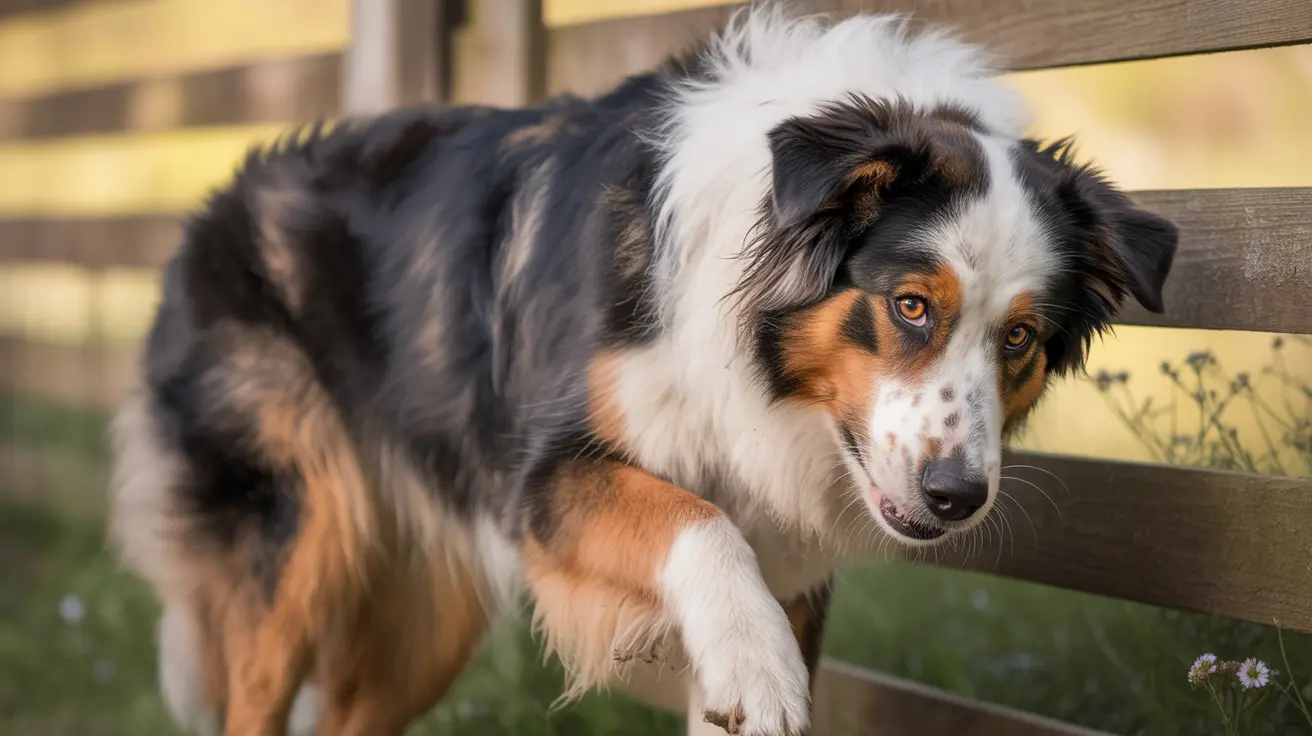How Much Garlic is Toxic to a 50lb Dog?
Garlic is a beloved ingredient in human cuisine, but when it comes to dogs, it poses a serious health hazard. While garlic offers several nutritional benefits for humans, it contains compounds that can be harmful, or even deadly, to dogs. This article explores the toxic effects of garlic on dogs, especially focusing on the potential danger for a 50lb dog.
Why Garlic is Dangerous for Dogs
Garlic is part of the
Allium family, which also includes onions, leeks, and chives. These plants contain
thiosulfate and n-propyldisulfide, substances that dogs cannot properly process. These compounds cause oxidative damage to a dog’s red blood cells, potentially leading to
hemolytic anemia. Even small amounts, consumed regularly, can be hazardous.
How Much Garlic is Toxic?
Scientific studies indicate that it takes approximately
15–30 grams of garlic per kilogram of a dog's body weight to induce toxic changes. For a 50lb dog (about 22.7 kg), this equates to roughly 340 to 680 grams of garlic.
Considering that each clove of garlic weighs between
3-7 grams:
- 340 grams = about 49–113 garlic cloves
- 680 grams = up to 226 cloves
While this seems like a large amount,
some dogs are more sensitive than others. Repeated small doses can accumulate and lead to toxicity.
Symptoms of Garlic Poisoning in Dogs
If a dog consumes garlic, symptoms might not appear immediately. They can take a few days to manifest. Common symptoms include:
- Pale gums
- Lethargy and weakness
- Rapid or labored breathing
- Vomiting and diarrhea
- Loss of appetite
- Dark-colored urine
- Jaundice (yellowing of skin or eyes)
- Drooling and abdominal pain
In severe cases, garlic poisoning may result in
organ damage or death if not treated promptly.
Are Any Forms of Garlic Safe?
Dog owners sometimes encounter opinions online suggesting that garlic can be beneficial, especially as a natural flea and tick repellent or immune booster. While garlic provides
vitamins and minerals like A, C, B-complex, selenium, and calcium, the risk of toxicity makes it an unreliable and dangerous supplement.
Veterinarians
do not recommend any form of garlic for dogs:
- Raw garlic
- Cooked garlic
- Garlic powder
- Garlic-infused oils
- Garlic-containing dog treats or supplements
Garlic bread and other dishes prepared with garlic are also off-limits, as they contain additional harmful ingredients like butter, cheese, and salt.
Which Dogs Are Most at Risk?
Certain dogs are more vulnerable to the effects of garlic, including:
- Puppies
- Senior dogs
- Dogs with pre-existing anemia
- Pregnant or lactating dogs
- Breeds like Akitas and Shiba Inus
These dogs should never be given garlic, not even in trace amounts.
What To Do If Your Dog Eats Garlic
If you suspect your dog has ingested garlic in any form, contact a veterinarian immediately. Early intervention can lessen the severity of symptoms. Possible treatments include:
- Inducing vomiting (under vet guidance)
- Administering activated charcoal
- IV fluids and electrolyte management
- Monitoring red blood cell count and organ function
- Anti-nausea or anti-diarrheal medications
- In severe cases, hospitalization, oxygen therapy, or blood transfusion
Better Alternatives to Garlic
If you're seeking natural methods to supplement your dog’s health, consider safer herbs and nutrients such as:
- Omega-3 fatty acids (fish oil)
- Probiotics
- Turmeric (in controlled dosages)
- Calendula
- Cranberry extract (for urinary health)
Always consult your veterinarian before introducing any new food or supplement.
Conclusion: Avoid Garlic for Dogs
While some information hints at the potential benefits of garlic, it's not worth the risk. For a 50lb dog, a significant quantity of garlic—possibly over 100 cloves—can cause toxicity. More importantly,
toxicity can be cumulative, which means even small amounts over time may lead to serious health effects.
To keep your dog safe:
- Avoid feeding garlic in any form
- Be cautious with table scraps and processed foods
- Use vet-approved supplements when needed
- Seek prompt veterinary attention if ingestion occurs
Ultimately, your dog’s nutritional needs are best met with a
complete and balanced dog food, not risky home remedies.





